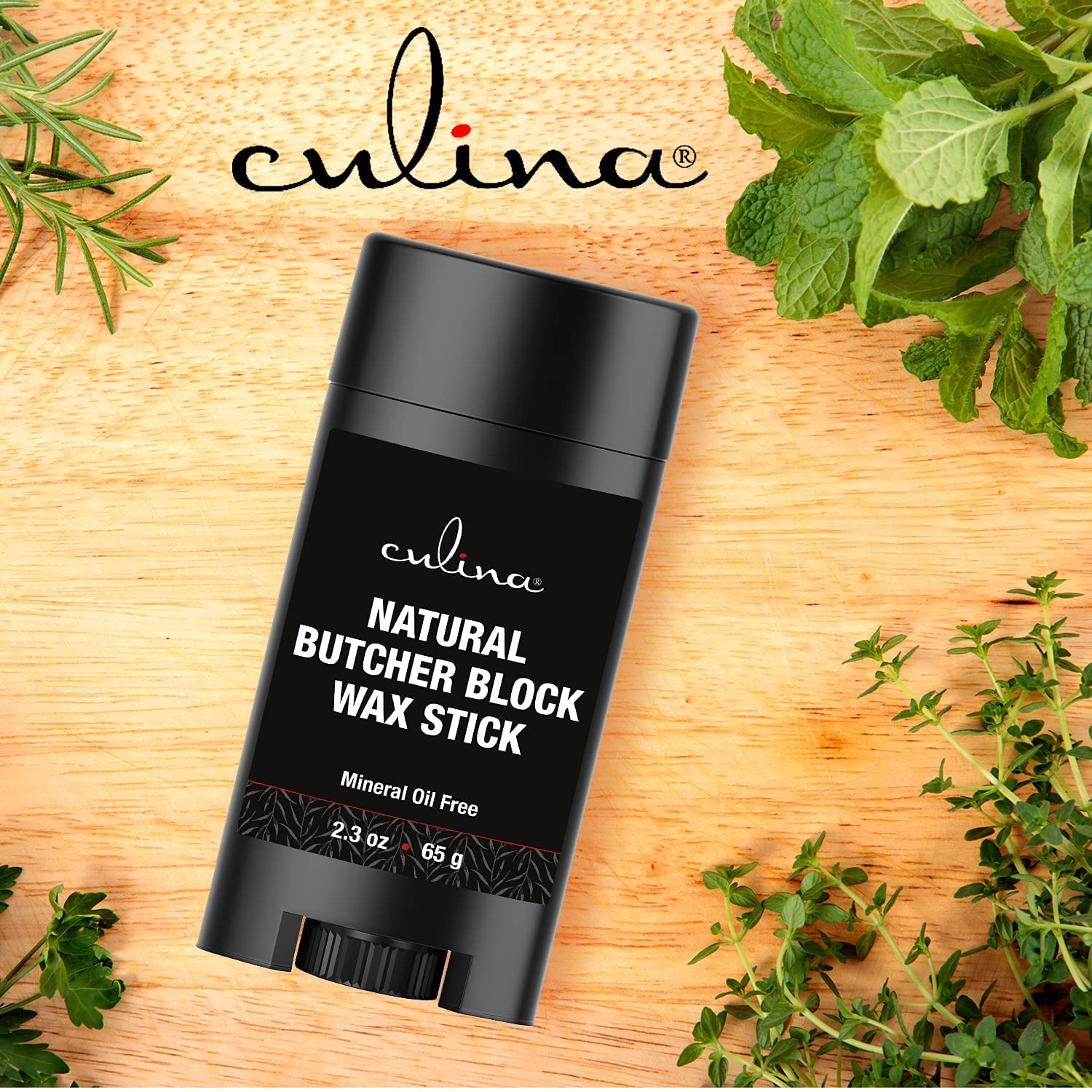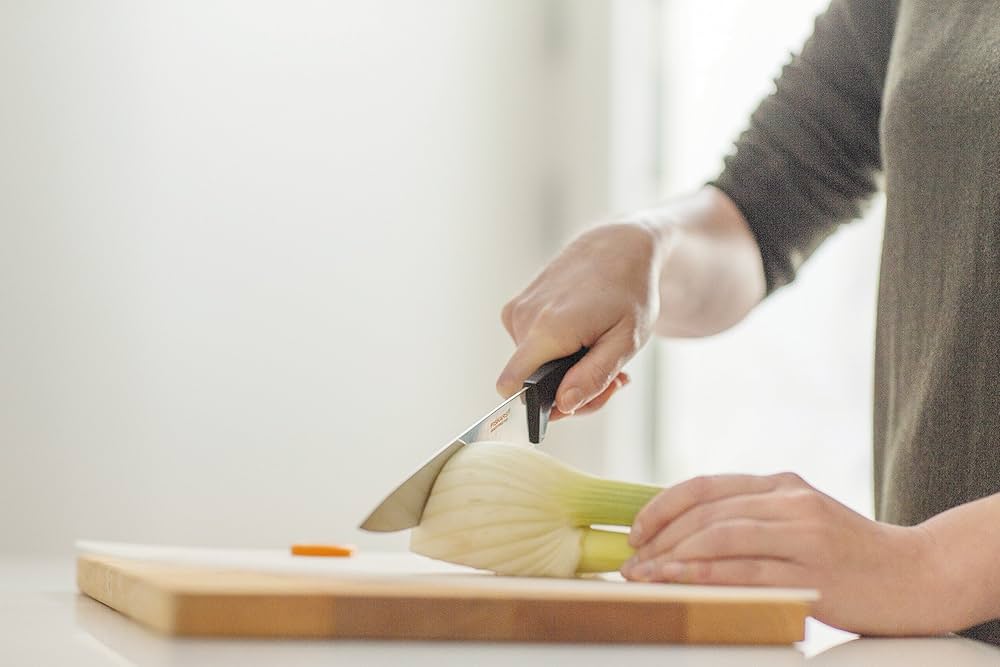When it comes to maintaining your bamboo cutting board, choosing the right oil is crucial. Bamboo cutting boards are loved for their durability, eco-friendliness, and stylish appearance. However, to keep them in top-notch condition, you need to take proper care of them, and this involves oiling them regularly. In this article, we will delve into the best oils to use on your bamboo cutting board, ensuring it remains in perfect shape for years.

Why Oil Your Bamboo Cutting Board?
Before we dive into the specific types of oils, let’s understand why oiling your bamboo cutting board is important. Oiling your cutting board prevents it from drying out and splitting. It also helps to create a barrier that repels water, reducing the risk of bacteria build-up.

Properties of a Good Cutting Board Oil
To select the best oil for your bamboo cutting board, you need to consider the following properties:
- Food-Safety
- Non-toxic
- Permeability
- Longevity
Food-Safety
The oil you choose must be food-safe, as it will come in direct contact with your food.
Non-toxic
Ensure that the oil is non-toxic, as you dont want chemicals leaching into your food.
Permeability
The oil should be easily absorbed by the bamboo to provide deep conditioning.
Longevity
The oil should last long and not turn rancid quickly.

Top Oils for Bamboo Cutting Boards
Mineral Oil
Mineral oil is one of the most popular choices for bamboo cutting boards. It is tasteless, odorless, and wont go rancid. Most importantly, its food-safe.
Beeswax Oil
Beeswax oil not only conditions your cutting board but also helps to seal it, offering extra protection.
Coconut Oil
Coconut oil is another excellent option. It has natural antibacterial properties, which make it ideal for use in the kitchen.
Linseed Oil (Flaxseed Oil)
Linseed oil is favored by many for its deep conditioning properties. When using this oil, ensure it is food-safe and has been purified.
How to Oil Your Bamboo Cutting Board
Step-by-Step Guide
Step 1: Clean the Board
Before you start oiling, make sure your cutting board is clean and completely dry.
Step 2: Apply Oil
Using a clean cloth or paper towel, apply a generous amount of your chosen oil to the surface of the board. Make sure to cover all areas, including the sides and edges.
Step 3: Let It Soak
Allow the oil to soak into the board for at least a few hours, ideally overnight.
Step 4: Wipe Off Excess
After soaking, wipe off any excess oil with a clean cloth.
Step 5: Repeat as Needed
Repeat this process every few weeks or whenever the board starts to look dry.
Caring for Your Bamboo Cutting Board
In addition to regular oiling, there are other ways to maintain your bamboo cutting board:
- Avoid soaking in water
- Always dry it immediately after washing
- Store it in a dry place
Common Mistakes to Avoid
Many people make mistakes when it comes to oiling their bamboo cutting boards. Here are some things to avoid:
Using Vegetable Oils
Do not use vegetable oils like olive or canola oil, as they can turn rancid and create a foul smell.
Over-Oiling
While oiling is important, over-oiling can make the board sticky and greasy.
Conclusion
Maintaining a bamboo cutting board is crucial for its longevity. By choosing the right oil and following proper maintenance steps, you can keep your cutting board in excellent condition for years. Remember to use food-safe oils, and follow the steps carefully to ensure your board remains a useful kitchen tool.
FAQs
What happens if I don’t oil my bamboo cutting board?
If you don’t oil your bamboo cutting board, it can dry out, crack, and become more susceptible to bacterial contamination.
How often should I oil my bamboo cutting board?
You should oil your bamboo cutting board at least once a month, or whenever it starts to look dry.
Can I use olive oil on my bamboo cutting board?
No, you should not use olive oil or any other vegetable oil as they can turn rancid and create a foul smell.
As an Amazon Associate, I earn from qualifying purchases.


